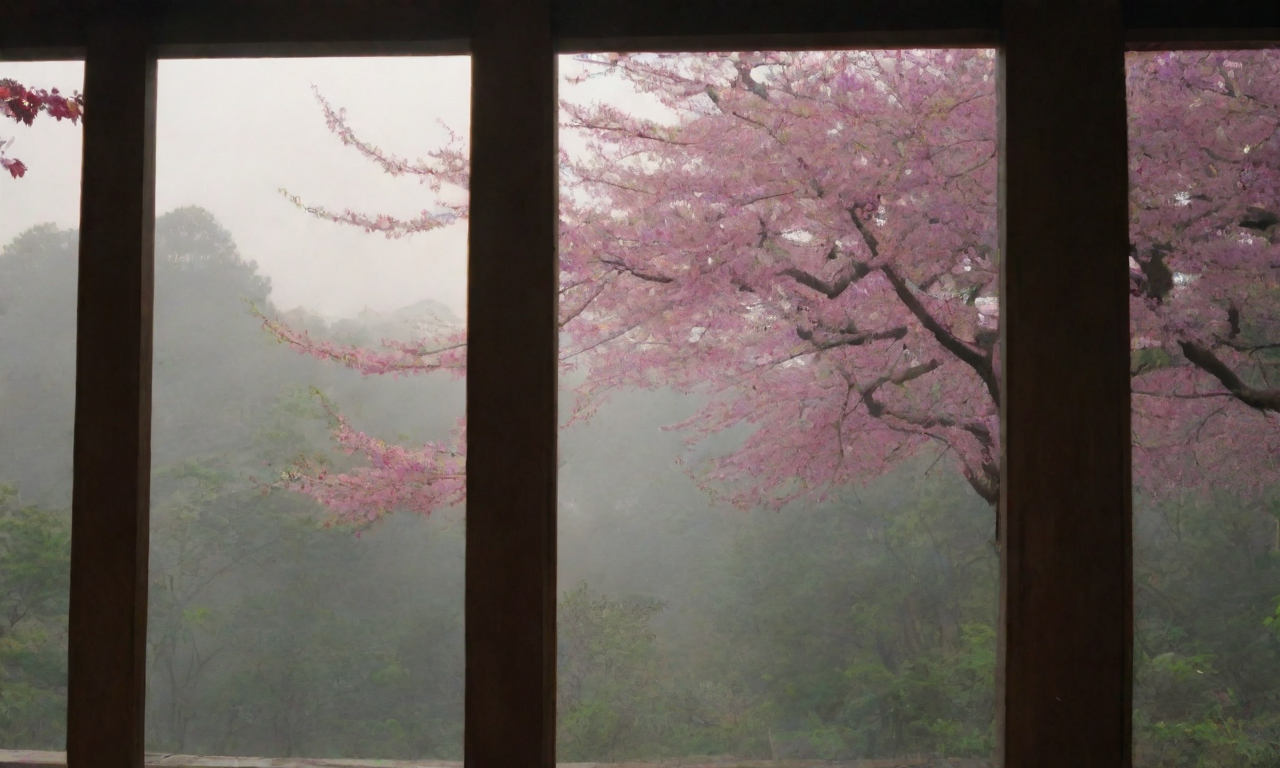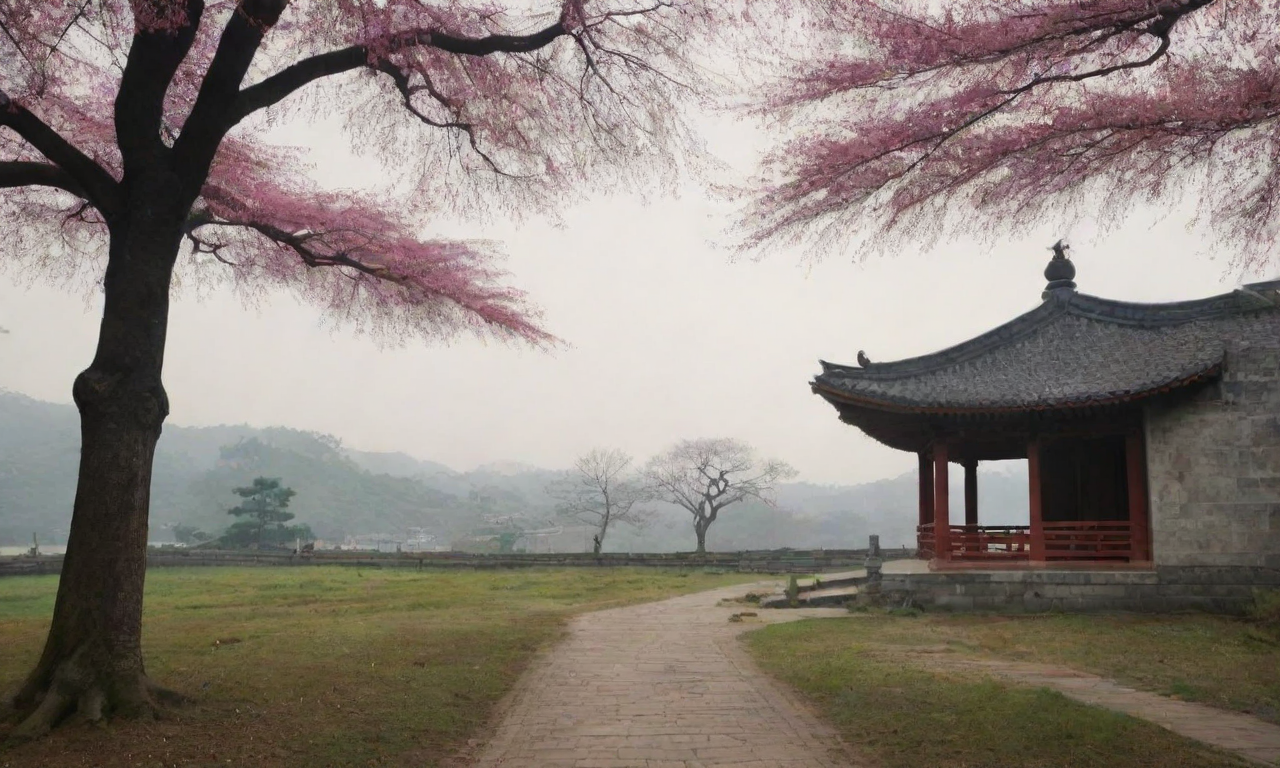By Yan Tao, Reporter from "China Science News"
Stalagmites are calcium carbonate deposits that grow in karst caves. When water droplets from the cave ceiling fall to the ground, they deposit calcium carbonate, which grows upward from the ground like bamboo shoots, hence the name "stalagmites". The growth of stalagmites depends on the action of water droplets, and each droplet carries climate information from the time it fell and "locks" these secrets in the mineral lattice of the stalagmites.Like tree rings, stalagmites also have "annual rings". They silently record the changes in Earth's climate from ancient times to the present and are known as the "geological clock" of karst areas and the "record keepers" in caves. By extracting the "secrets" of each growth stage from stalagmites using physical and chemical methods, researchers can understand the climate changes during that period. Tan Liangcheng, a researcher at the Institute of Earth Environment of the Chinese Academy of Sciences, is an expert in stalagmite research.Tan Liangcheng's office desk is always accompanied by a safety helmet. This light blue helmet has a simple design with a flashlight hanging on top, and it is covered in scars. This helmet has accompanied Tan Liangcheng on countless expeditions to karst caves in China and abroad, illuminating geological relics dating back millions of years and his path of scientific research.Tan Liangcheng climbing and sampling in a cave.Starting the Career:
Academic experts as mentors
"Two people have had the greatest influence on my current work: Academician Li Jijun from Lanzhou University and Academician An Zhisheng from the Institute of Earth Environment," recalled Tan Liangcheng. When he first started university, his major was Geographic Information Systems.After listening to the report "Three Generations of Teacher-Student Explorations of the Earth's Poles by Academician Li Jijun" at the university, Tan Liangcheng was deeply inspired and became interested in the research fields pursued by his predecessors.Tan Liangcheng realized that he preferred fieldwork. With this intention, he entered Lanzhou University's Geography Base Class and came to the Institute of Earth Environment in Xi'an for an interview during the first semester of his senior year. At that time, he was interviewed by Academician An Zhisheng, a founding member of the Institute of Earth Environment and a academician of the Chinese Academy of Sciences, who became his lifelong mentor. In 2003, Tan Liangcheng graduated from Lanzhou University's Geography Base Class and was admitted to the Institute of Earth Environment for a combined master's and doctoral program under the guidance of An Zhisheng. Since then, Tan Liangcheng has officially embarked on a scientific research career."Just one week after I graduated, Asst. Prof. An arranged for me to conduct geophysical exploration in the Qinghai Lake basin. During my first fieldwork assignment in my career, I deeply felt the joy of conducting Quaternary geological research. It solidified my confidence in pursuing this line of work, and I can say it was a good start," said Tan Liangcheng.Under the guidance and suggestion of An Zhisheng, Tan Liangcheng chose to study stalagmites. At that time, stalagmite research represented a new direction and carrier in Quaternary geological and global change research."Stalagmite research involves cave exploration and rock climbing. As Prof. An knew that I had an interest in history and archaeology, he suggested that I combine my research on paleoclimate with my hobbies and explore the relationship between climate change and societal development throughout history."Today, Tan Liangcheng is a renowned expert in stalagmite and paleoclimate research in China. He and his team reconstruct past climate changes using stalagmites and investigate extreme climate events, driving mechanisms, and their impacts on the environment and society. Tan Liangcheng and his team have conducted research in multiple countries along the Belt and Road Initiative.Growth:
Thriving in Perilous Situations
Geological research and field expeditions inevitably involve some dangerous situations, which Tan Liangcheng has long been accustomed to.When giving science popularization lectures to university students, Tan Liangcheng often describes his attitude towards difficulties with the phrase "thriving in peril". "On the one hand, these tasks are very challenging, and on the other hand, I gain a wealth of knowledge in overcoming difficulties," says Tan Liangcheng.Shortly after starting his job, Tan Liangcheng encountered a "test of courage." "At that time, we went to Qinghai Lake to drill and sample rock cores, and we stayed on a boat in the middle of the lake at night," Tan Liangcheng said. That day happened to be the Mid-Autumn Festival, and the team had mooncakes on the boat. However, in the middle of the night, a strong wind blew and the small boat was hit by waves, swaying dangerously. The cabin was flooded, and everyone had to bail water out of the boat."After the wind and waves subsided, we found that the boat had drifted 10 kilometers from its original anchor position. I was a bit scared at the time, but looking back, it was a precious life experience, and it gave me a 'head start' on the difficulties I would face in my career," Tan Liangcheng joked.As the research progressed, Tan Liangcheng discovered that the "Mid-Autumn Night on Qinghai Lake" was just a minor incident, and there were countless "storms and gales" waiting for him ahead.Exploring caves is an essential part of stalagmite research, and Tan Liangcheng and his team face even more dangers during cave expeditions. According to him, getting lost in the caves is the most common danger. Due to the darkness in the caves and the numerous passages, it is easy to lose one's way. Headlamps and flashlights are essential for navigation but can only illuminate a small area, making it challenging to navigate.Despite these challenges, Tan Liangcheng never tires of his work. He constantly







